|
|
ADDRESS AT THE DEDICATION OF THE LABORATORY FOR THE CONSERVATION OF ENDANGERED SPECIES (LaCONES), HYDERABAD
01-02-2007 : Hyderabad, Andhra Pradesh
Nature and its unique creations
?Nurture Nature for Future?
I am happy to participate in the dedication of the Laboratory for the Conservation of Endangered Species (LaCONES), Hyderabad, which is a unique inter institutional research mission, supported by the Central Zoo Authority of India, the Department of Bio-Technology, Council of Scientific and Industrial Research and the Government of Andhra Pradesh. It is apt that the project proposes to deal with conservation of bio-diversity among wild life including their preservation through bio-technological intervention. The food system world over uses plant genes as a means to provide quality food. Similarly, the importance of animal genetic resources is also recognized world over and being used for improving the productivity and nutritional value of food and other products. The need for conserving and preserving wild animals and forest species will be fulfilled by the laboratories like Laboratory for Conservation of Endangered Species. Of course LaCONES is indeed a project of CCMB. Contribution of CCMB is well known in understanding that nature has hidden species and specific codes of signatures in a small fragment of gene. The CCMB scientists have also developed primers to decode molecular signatures from samples and have created database of signatures of over 2000 animal species. I congratulate Dr Lalji Singh and his team of scientists and staff for many achievements in the field of Life Sciences. I would like to share with you few thoughts on ?Nature and its unique creations?.
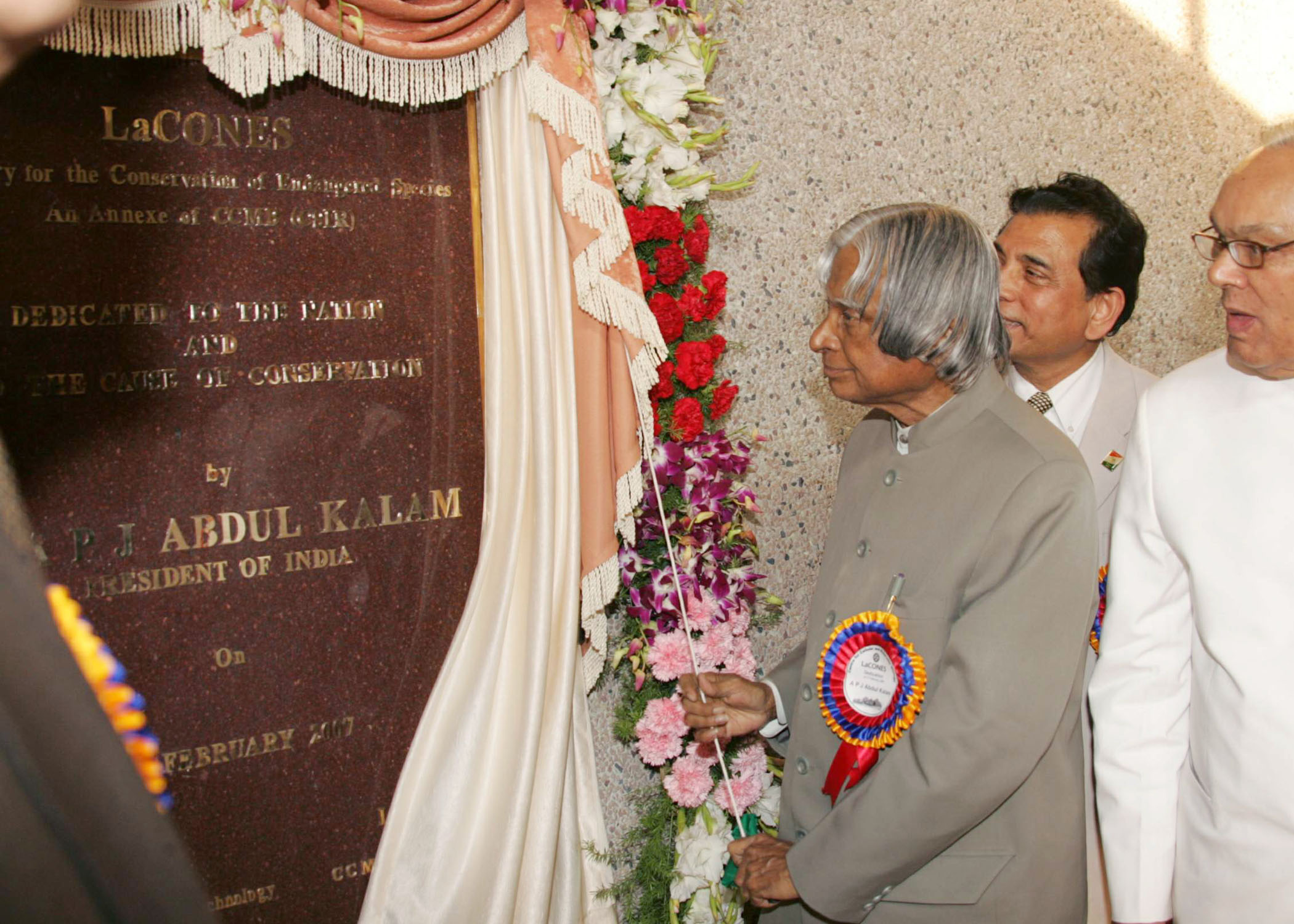

My experience with Olive Ridley Turtle
It was interesting to find from the LaCONES write up, that Olive Ridley turtles are the ancestors to other known Ridley turtle species. I thought of sharing with you about my experience with Olive Ridley turtles in Orissa coast. In my previous assignment, I was leading a missile team and established a launch complex in the Wheeler Islands. While working on the launch complex, I received a message from Prof Padma Hejmadi, a Conservationist saying that the lights in the range created problems in hatching of the olive ridley turtle. I invited her, we discussed and studied the problem with our team. To my surprise, we found that the neighbouring wheeler island was full of olive ridley turtle which had come for hatching from thousands of kms. Olive Ridley turtles lay large number of eggs probably with the hope that at least few will survive after the attack from the birds and movement of people on beach! The hatched young ones and mothers go back to sea. We took number of facilitating measures such as controlled lighting whenever needed and reducing the movement of people and vehicles on the beach. This really enabled unhindered propagation of Olive Ridley turtles. Thus I started liking the promotion mission of Olive Ridley Turtle. Certain government regulations were also promulgated regarding the type of permissible fishing nets and prohibition of catching Olive Ridley Turtles.
We have a dream to generate an experimental turtle rookery that can be used for attracting endangered species such as Olive Ridley Turtles or their relatives in one of our islands. This scientific endeavour can be undertaken as a joint venture among LaCONES of CSIR, DRDO, ecologists and biologists involved in conservation of rare and endangered species for promoting an eco-friendly environment with the use of scientific and technological experience. This partnership will enable LaCONES to conduct further research on life pattern of Olive Ridley Turtles, movement pattern of thousands of kms for hatching, their navigational abilities and their continued evolution. This will be an important research contribution to the world on turtles.
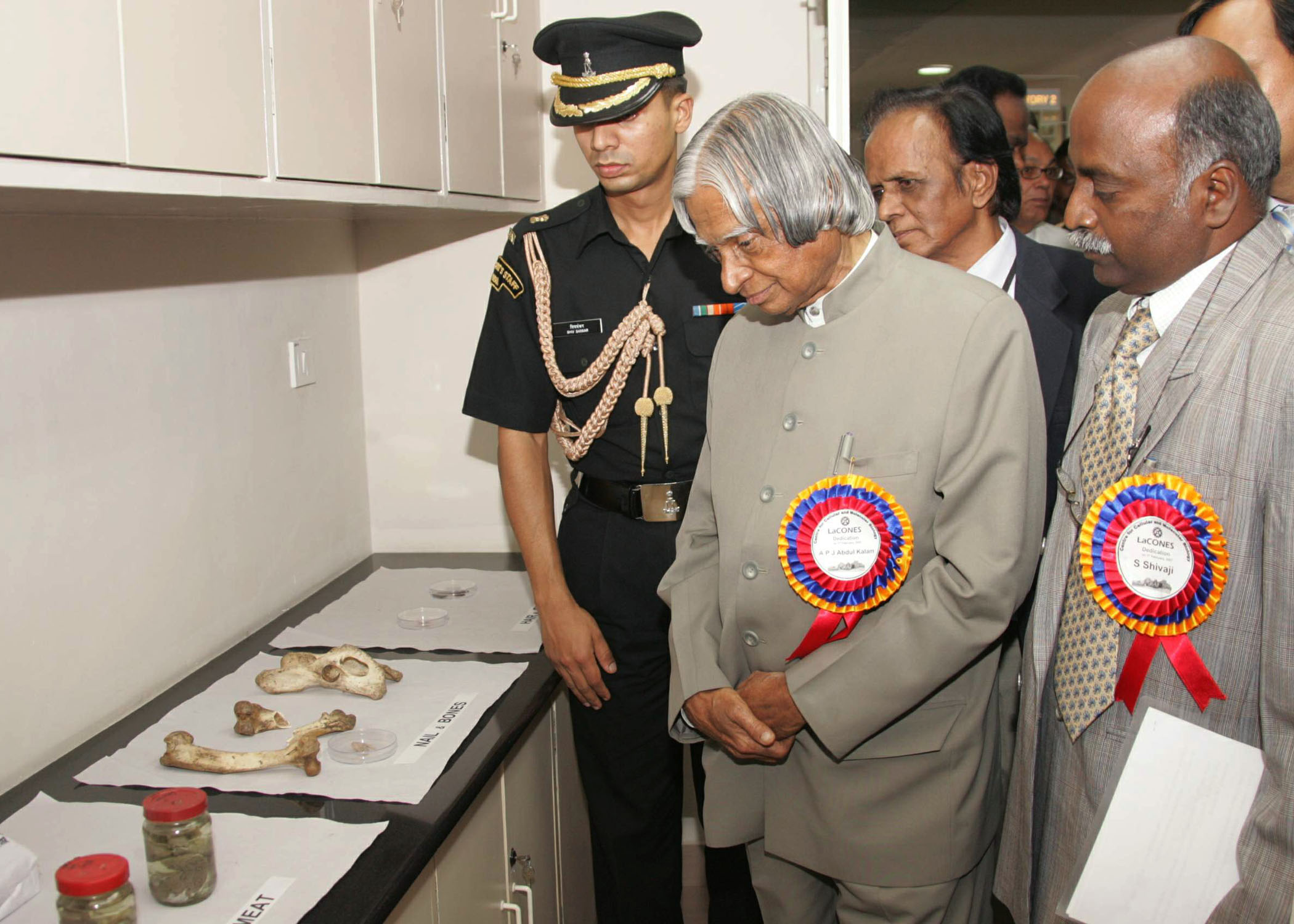

Phillip Tobias Lecture 2006
Now I would like to discuss another important aspect of conservation and study of human evolution propagated by Prof Philip Tobias, a renowned Paleo-anthropologist from South Africa.
Ancient human history has been revealed beautifully by Paleoanthropology. Life originated 600 million years ago and continental drift occurred 200 million years ago creating five continents. Mammals evolved 140 million years ago, Hominids that is the human type, evolved 26 million years ago but modern man only arrived on the scene some 200,000 years ago. He migrated and colonized the world only in the last 50,000 years. The spoken language is some 10,000 years old while writing evolved only a few thousand years ago. All this phenomenal progress has been achieved only within the short span of 200 to 400 generations, that is in just 10,000 to 5,000 years.
Such a complex web of evolution of humans had always fascinated the then young Tobias. He was drawn into the study of fossils by Mary and Louis Leakey, who asked him to write a description of a hominid skull, which they had discovered in the Olduvai Gorge in Tanzania. In 1964, with Louis Leakey and John Napier, he was the co-namer of Homo habilis, a new species and the first hominid with a larger brain capacity than Australopithecus africanus. Indeed it was the diabetes of his sister that made him to pursue genetic studies. Tobias thus was one among the earliest to provide evidence for the evolution of mankind in Africa and to think of a gene for a disease. These two instances clearly depict that the enquiring mind is ever alert for research and discovery.
Newer DNA technologies have given us better insight in retracing the history of man. ?The DNA of a human being is his history book ever written?. Nowadays intelligence, cognizance, drug response, behavioral problems every thing is related to genes: disease gene mapping is progressing at a faster pace with new age DNA technology. It is probably during the 50,000-30,000 years of co-existence that societies have evolved adopting newer innovations and cultures.
Thus the ?Nature ? Nurture? philosophy holds good even in this Genomic Era: ?Genes? what we inherit from our parents is the basis; a beautiful ?building? is built over it, be it any unique creation, the environment plays a crucial role in shaping the destiny of the individual and leading to excellence. All children when they are born are equally poised to become a great scholar.
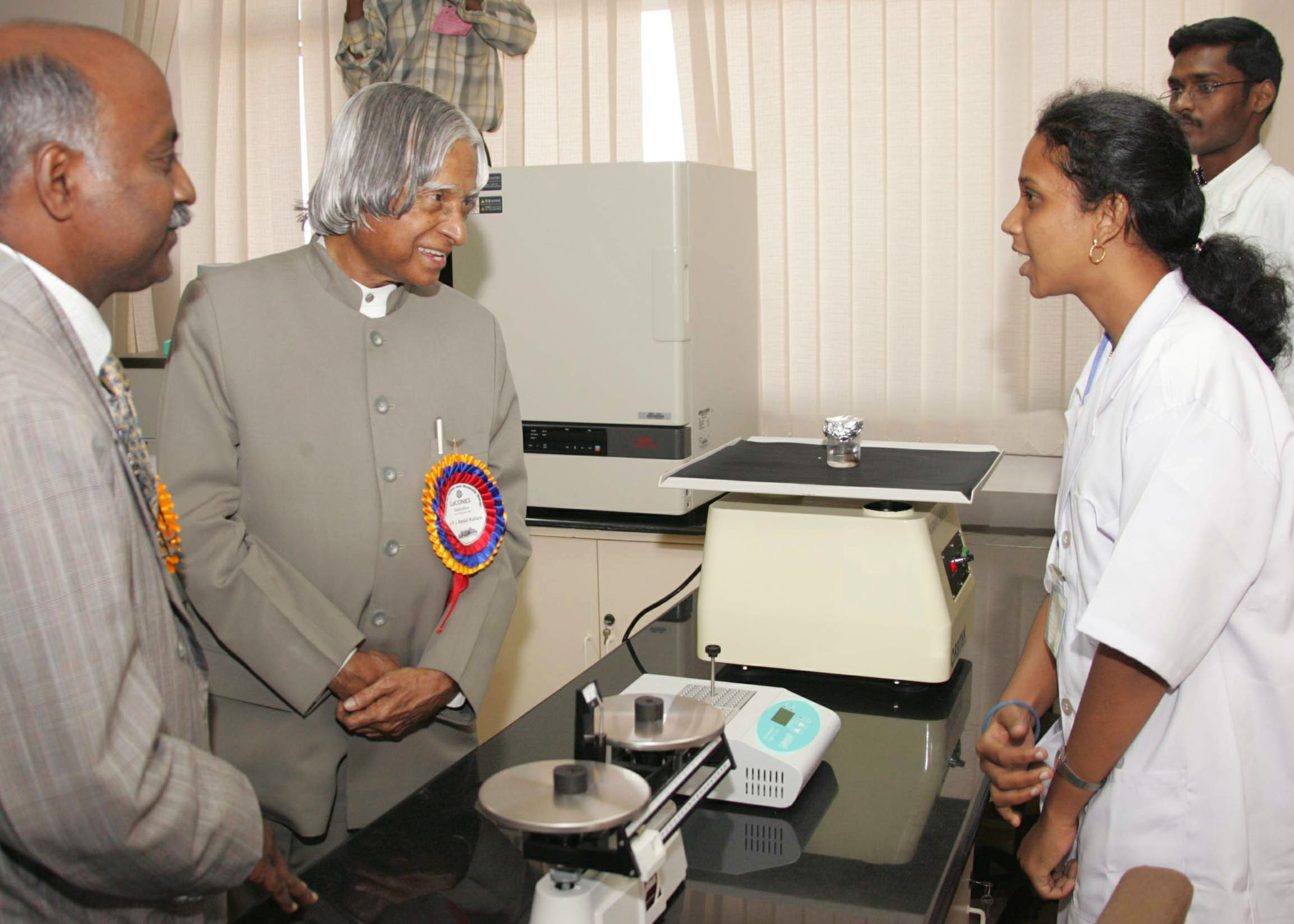
After the lecture I was interacting with Prof Tobias and his team at Durban, Johannesburg in South Africa and Sanfrancisco in USA, and I realized the important aspects of human evolution and other species. Science is indeed borderless. The specialists of LaCONES may like to interact with Prof. Philip Tobias. This experience will enable intensive study on conservation of certain types of endangered species and also establish some of the missing species.
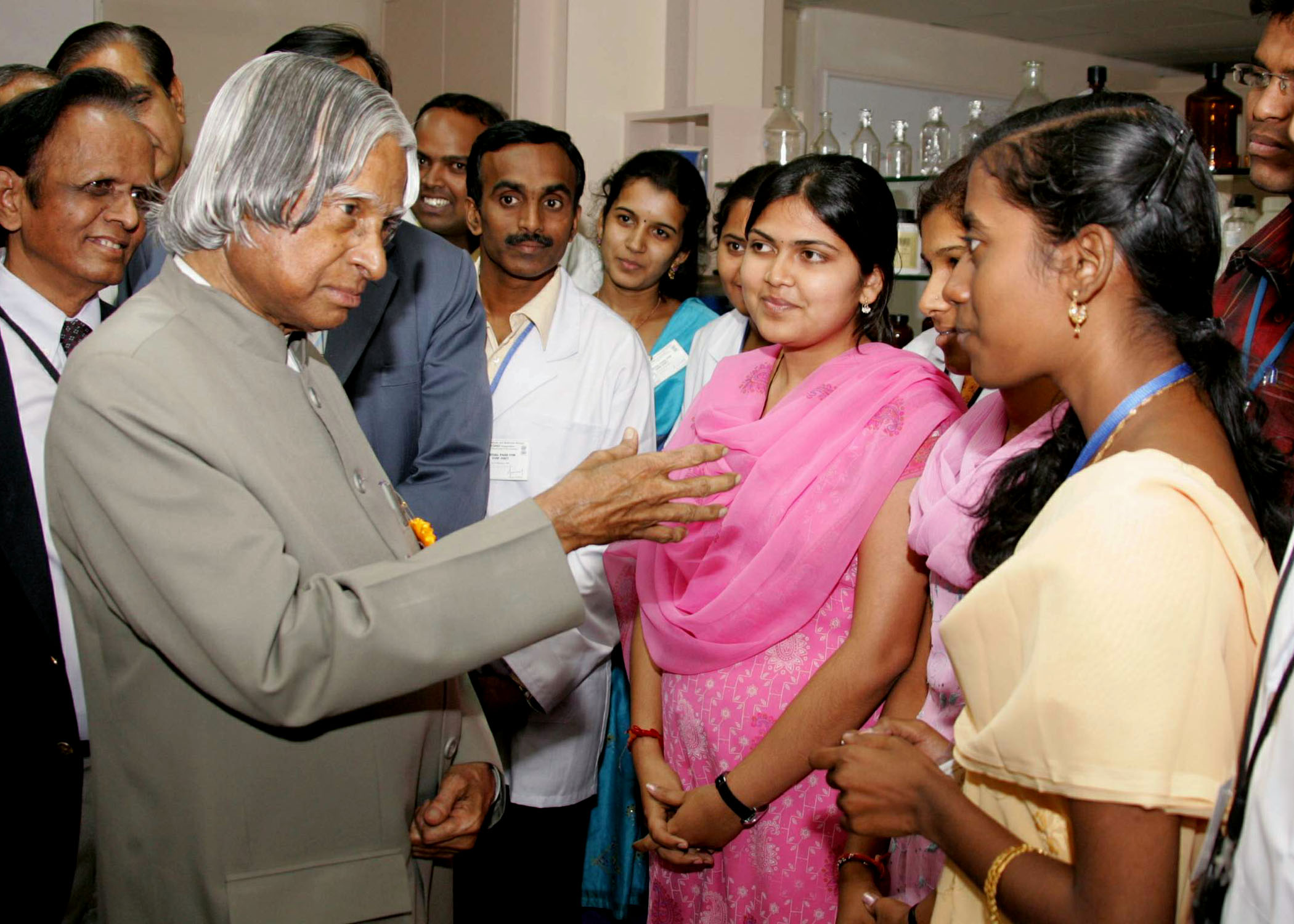

My Experience in Gumoria Village
When I think of Genetic research, I am reminded of my visit to Gumoria village in Assam where the self help groups members are developing duck rearing practices based on inputs from agricultural specialists from Kerala and with the initiative of the Assam Government. This has resulted in improving the economic conditions of the whole village by improving the duck productivity substantially.
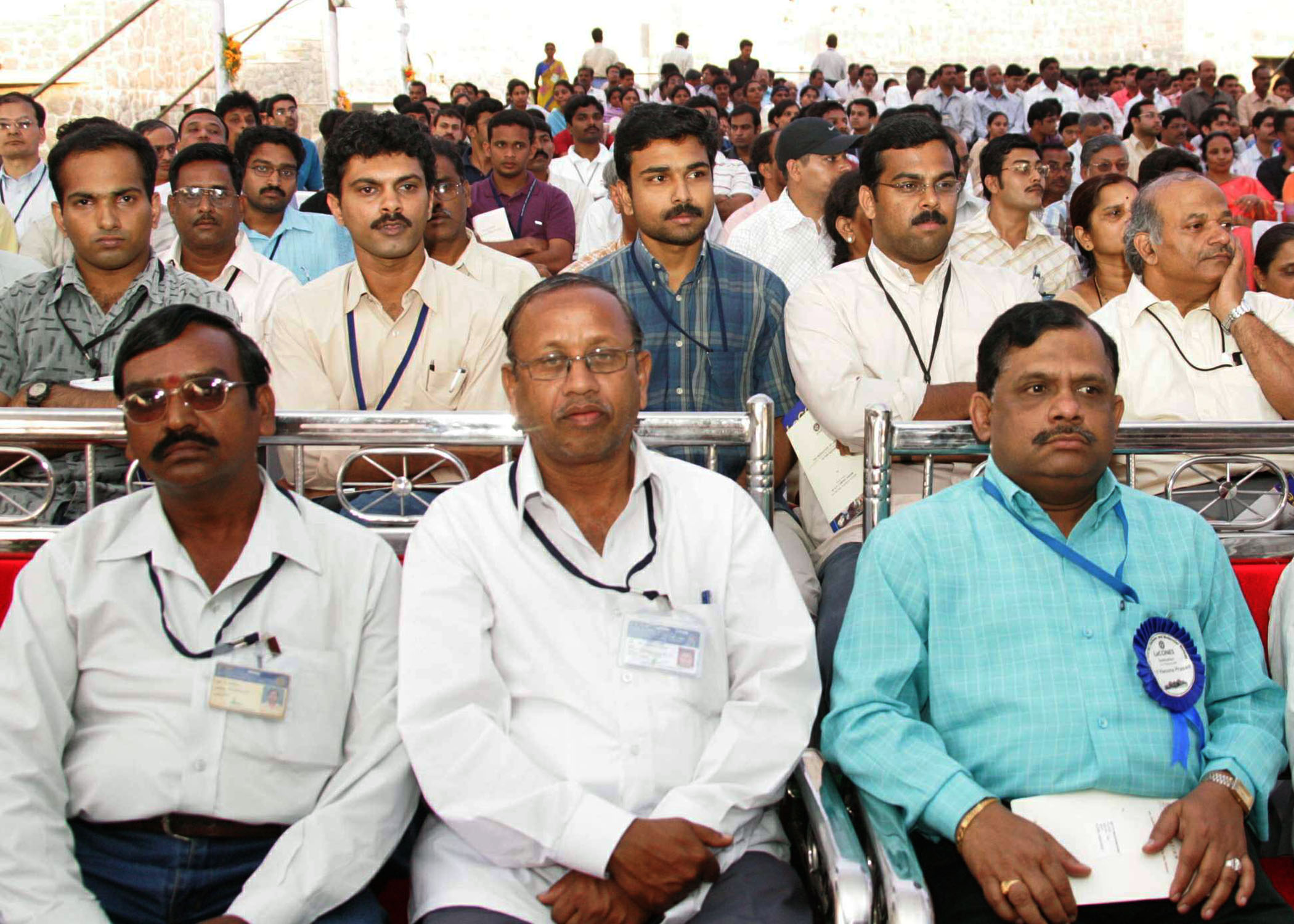

Genetic Engineering
While preparing for this talk, I happened to find the question asked by the editors of science, celebrating the inauguration of the developmental biology by Wilhelm Roux a century earlier, in the book Consilience The Unity of Knowledge by Edward O. Wilson. They asked one hundred contemporary researchers in the filed of biology to identify what they consider crucial unanswered questions in the discipline. The responses from the scientists were (1) the molecular mechanisms of tissue and organ development (2) The connection between development and genetic evolution (3) The steps by which cells become committed to a particular fate (4) The role of cell-to-cell signaling in tissue development and few more. These questions, I am sure in respect of endangered species, will be answered to the posterity by the scientists of LaCONES.
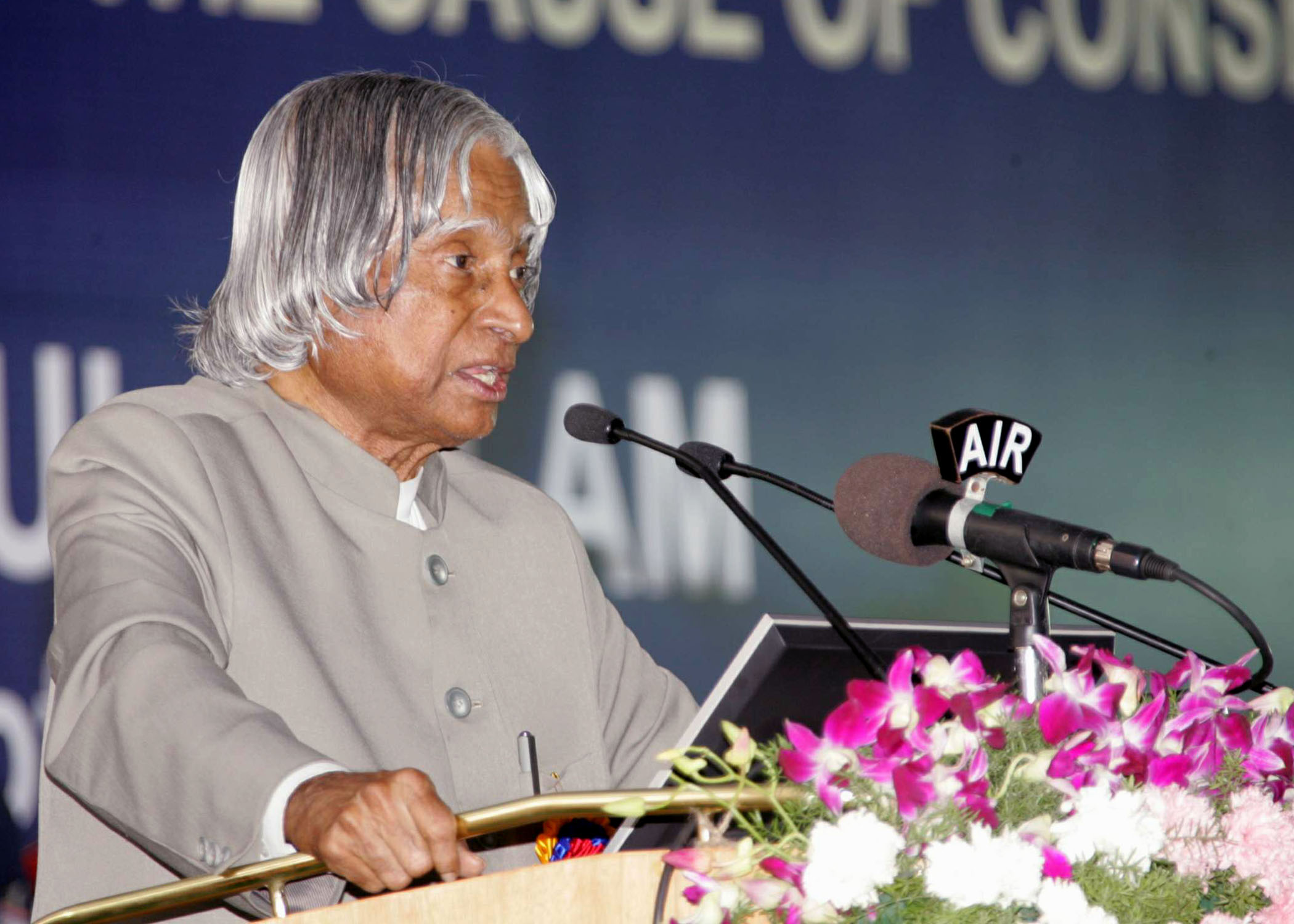

Tasks for LaCONES
At the national level we are faced with essentially two problems: Poaching of the animals by traders for economic exploitation, and (ii) the problem of inbreeding leading to their possible extinction in future. Both of these problems are of equal concern. Adequate attention is being paid presently for the problem of poaching. LaCONES research will be a major initiative for the second aspect. I am happy that Council of Scientific and Industrial Research has recognized the importance of wild life wealth conservation and has created the laboratory for conservation of endangered species with the following objectives:-
1. Monitoring of genetic variation through DNA fingerprinting
2. Cryo-preservation of semen, eggs and embryos of endangered species
3. Semen analysis to study the semen quality for selecting animals for breeding purposes.
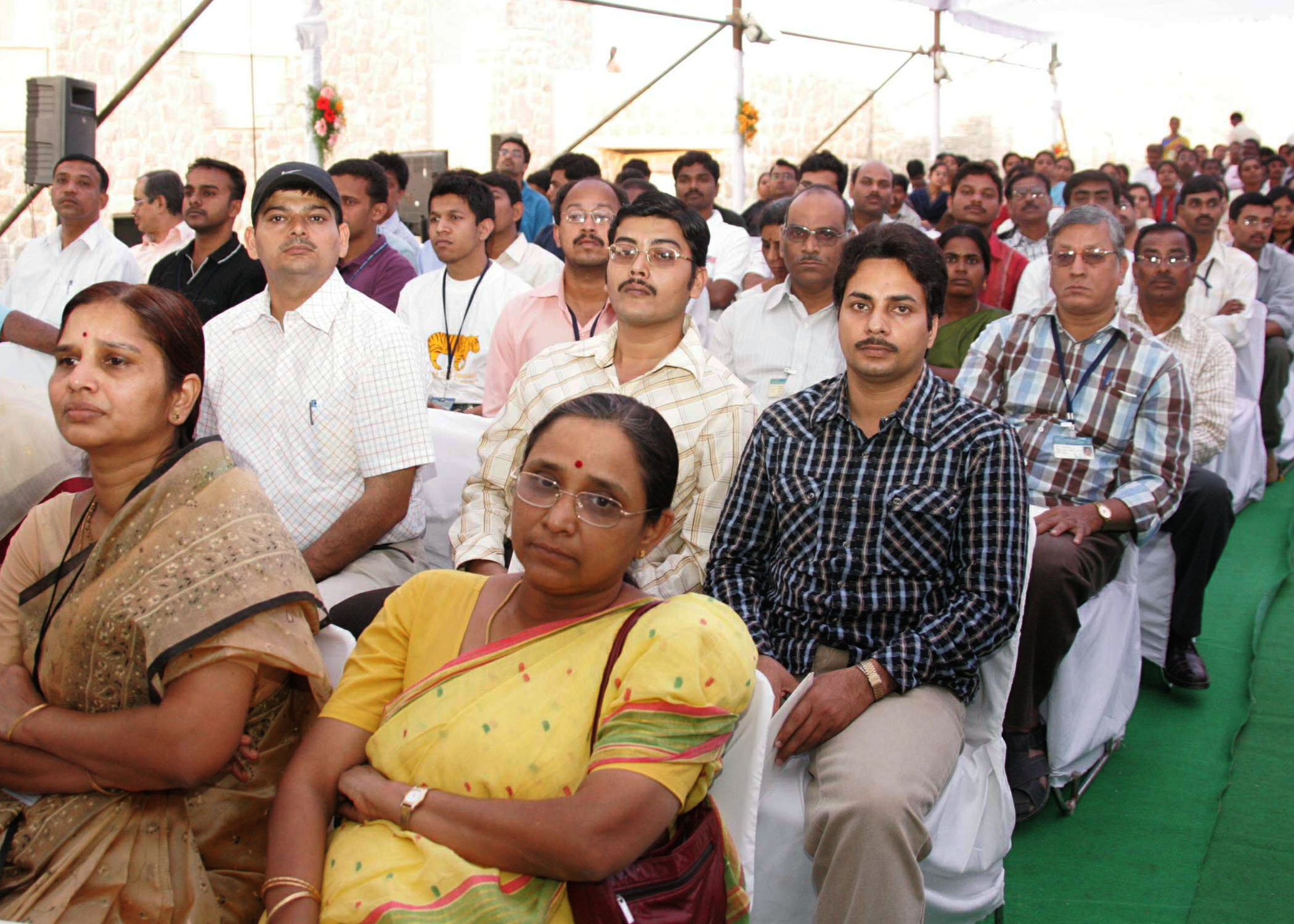
4. Determination of the time of ovulation to achieve successful intra-uterine insemination
5. Standardization artificial insemination for wild animals.
6. In vitro fertilization (IVF) and embryo transfer
7. Establishment of cell bank and cloning for rare animals
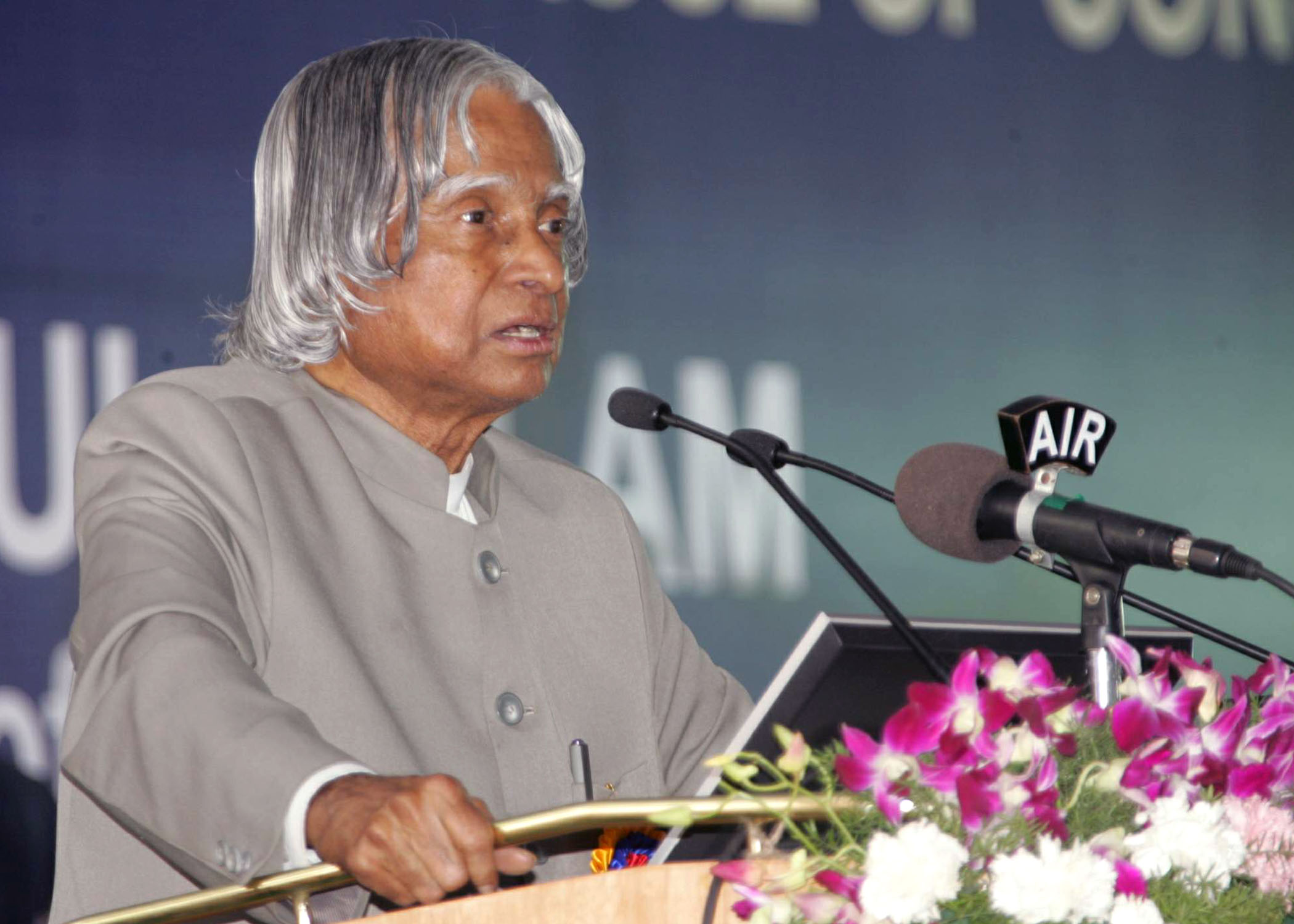
Scientists of CCMB have a challenging task ahead for developing proper technologies for the conservation of endangered animals. This action will prevent further extinction of wild animals like Cheetah. So far, our Indian Zoological Parks have only been maintaining the wild animals in a traditional way. With the association of scientific teams from CCMB, care, nurturing and preservation of the species by the zoo authorities will be enhanced by valuable scientific inputs. This will be an important contribution of science in conserving, improving and multiplication of endangered Indian species.
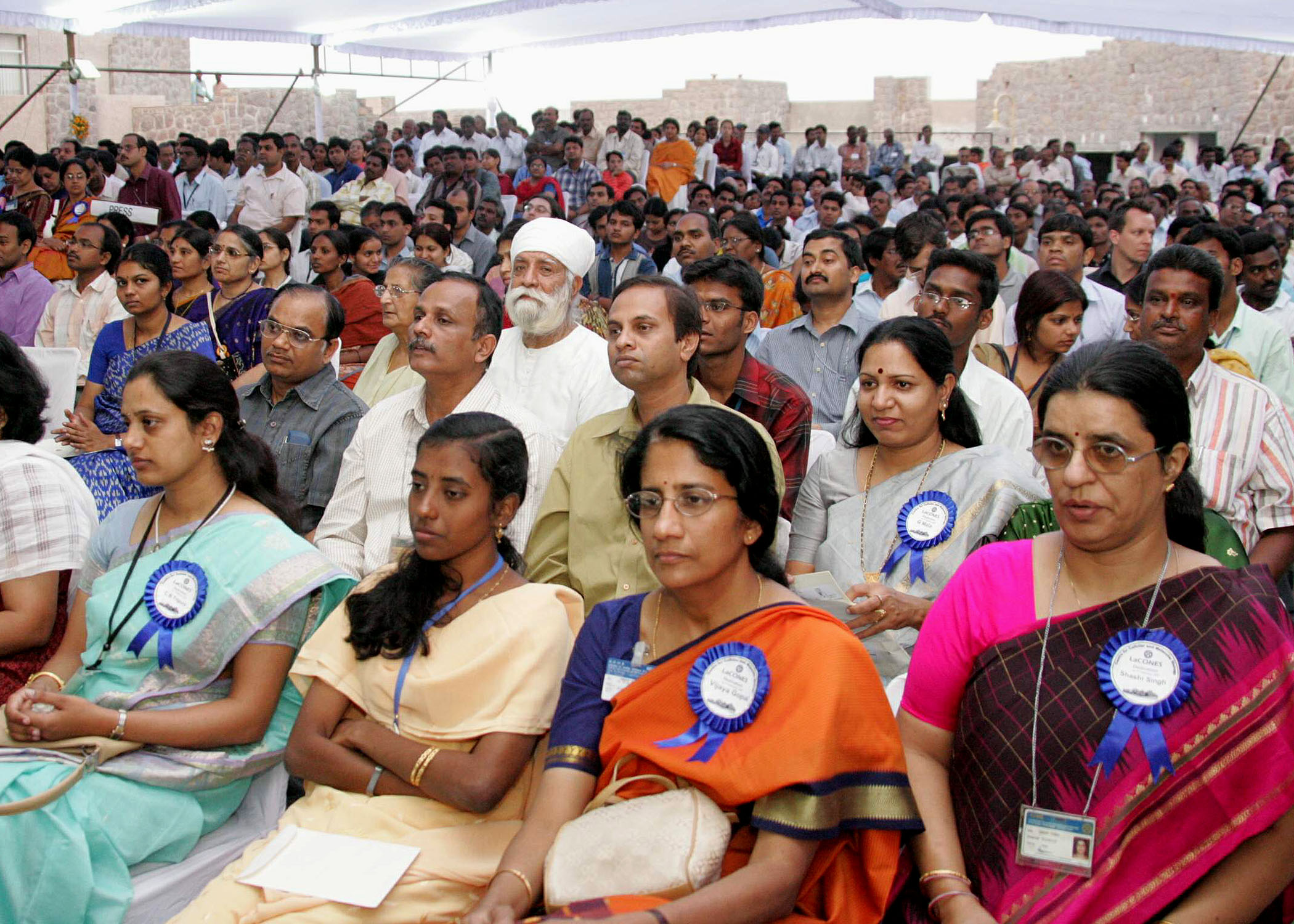

Bio-factories
?Plant Genomics? is the new emerging area of research, which deals with functional and structural definition of genes both in terms of their location in the genome and their expression for defining the precise regulation to control the whole metabolism. Thus this field opens up new avenues to modulate the gene expression in such a way that plants can be converted into proficient genotypes or varieties to be used as the bio-factories producing useful proteins, therapeutic molecules, nutritional compositions, and stress tolerant varieties to meet the current and futuristic requirement of the society in eco-environment friendly manner. Similar experiments can also be conducted with wild animals.
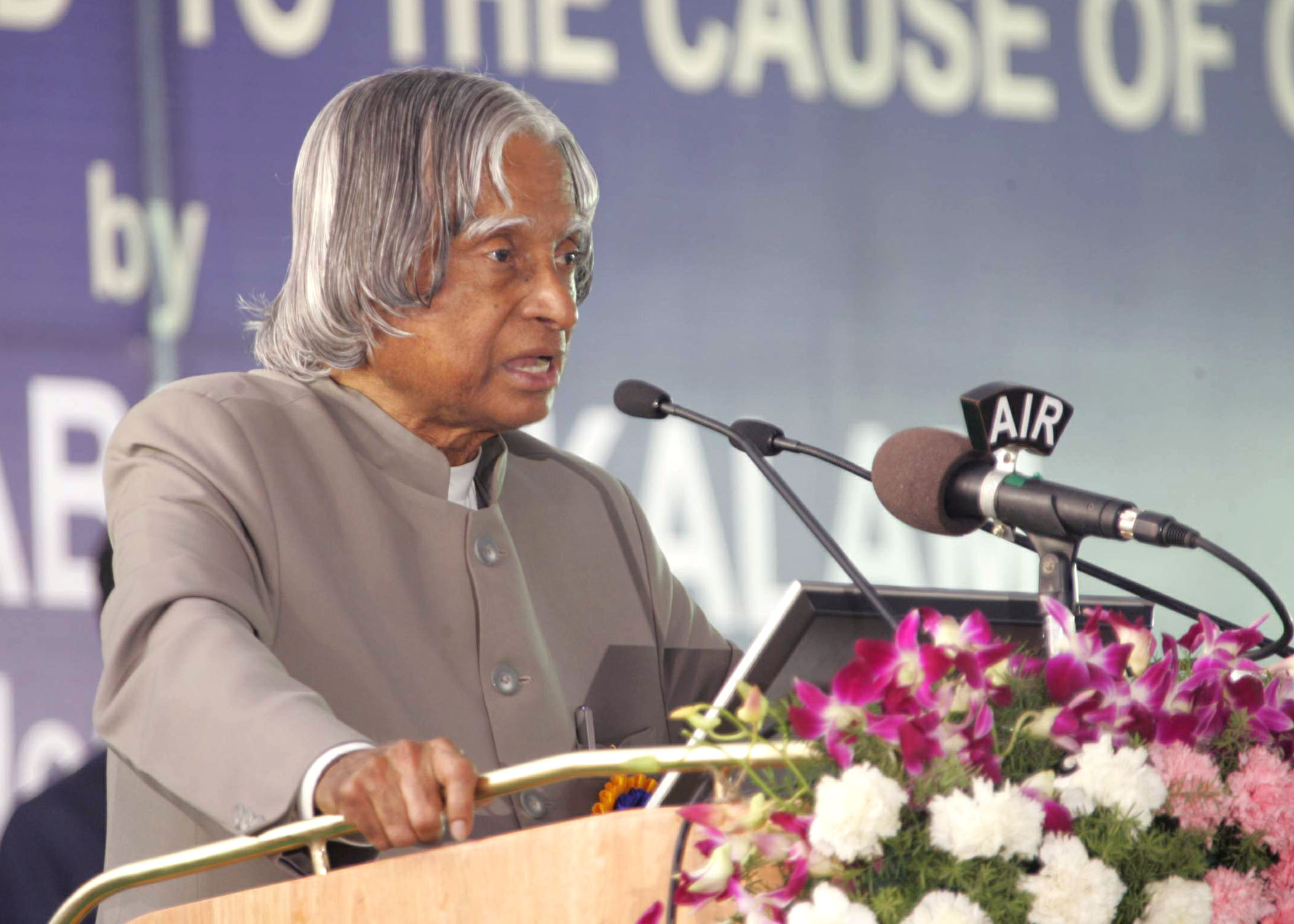

Conclusion
Since CCMB and LaCONES are involved in high level research, a unique trait is essential from experienced scientists in such organizations. I call the unique trait as scientific magnanimity. I would like to narrate an experience.
Nobel Laureate Prof. Norman E Borlaug, a well known agricultural scientist and a partner in India?s first Green revolution was receiving MS. Swaminathan Award, at Vigyan Bhavan, New Delhi on the 15th of March 2005. Prof. Borlaug, at the age of 91, was in the midst of all the praise showered on him from everybody gathered there. When his turn came, he got up and highlighted India?s advancement in the agricultural science and production and said that the political visionary Shri C. Subramaniam and Dr. M S Swaminathan were the prime architects of First Green Revolution in India. He also recalled with pride, Dr. Verghese Kurien who ushered White Revolution in India. Then the surprise came. He turned to scientists sitting in the third row, fifth row and eighth row of the audience. He identified Dr. Raja Ram, a wheat specialist, Dr S K Vasal, a maize specialist, Dr. B. R. Barwale, a seed specialist. He said, all these scientists had contributed for India?s and Asia?s agricultural science. Dr. Borlaug introduced them to the audience by asking them to stand and ensured that the audience cheered and greeted the scientists with great enthusiasm. This scene I have not witnessed in our country before. This action of Dr. Norman Borlaug, I call it as a Scientific Magnanimity. Friends, if you aspire to achieve great things in life, you need Scientific Magnanimity. It is my experience that great mind and great heart go together. This Scientific Magnanimity will motivate the scientific community and nurture team spirit and lead to newer discoveries. I am sure such environment of scientific magnanimity will prevail in all our scientific research institutions.
I am happy to dedicate the Laboratory for the Conservation of Endangered Species (LaCONES), Hyderabad to the nation. My best wishes to all the members of Centre of Cellular and Molecular Biology and their partners success in their mission of applying science for societal growth.
May God bless you.
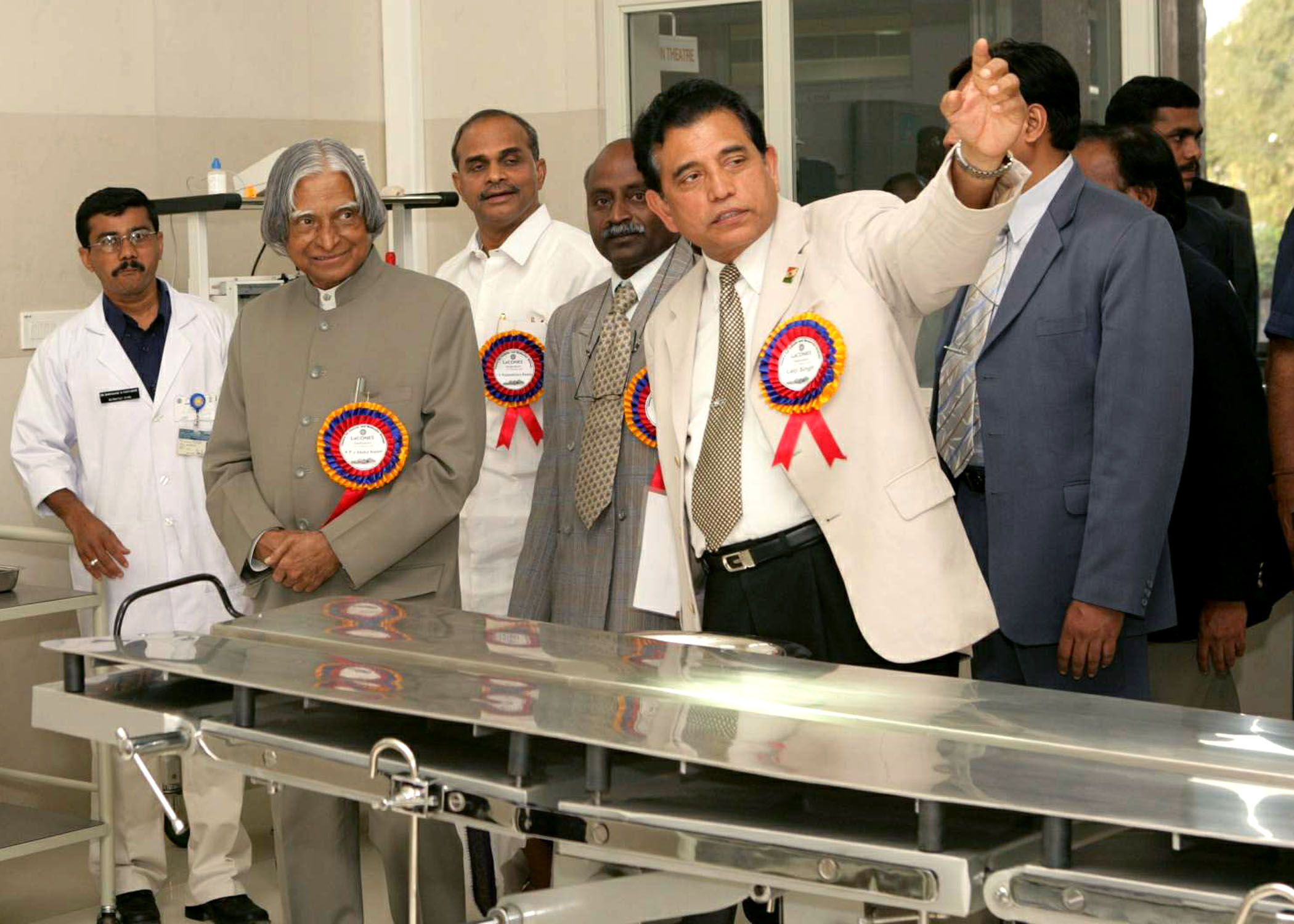
<<Back
|
|